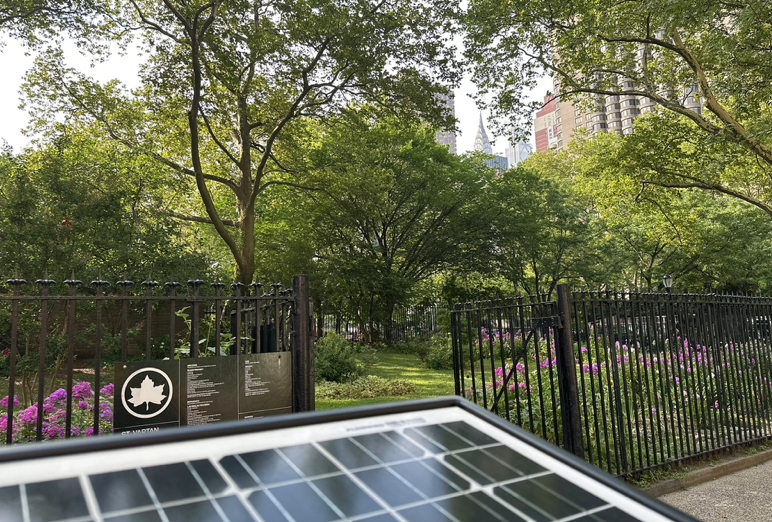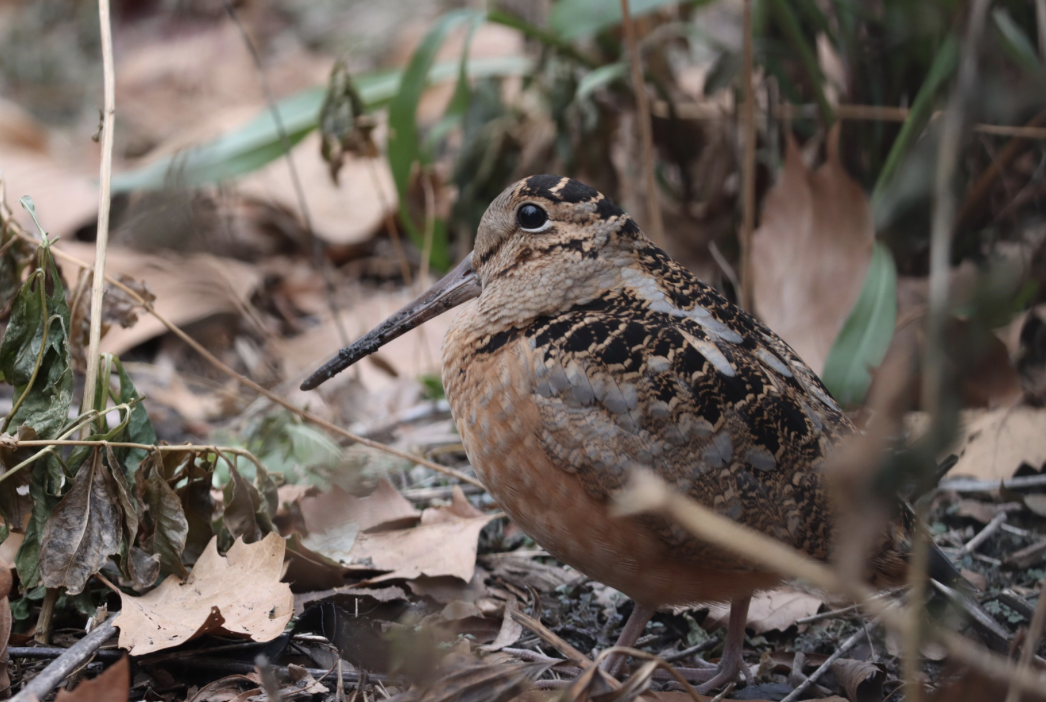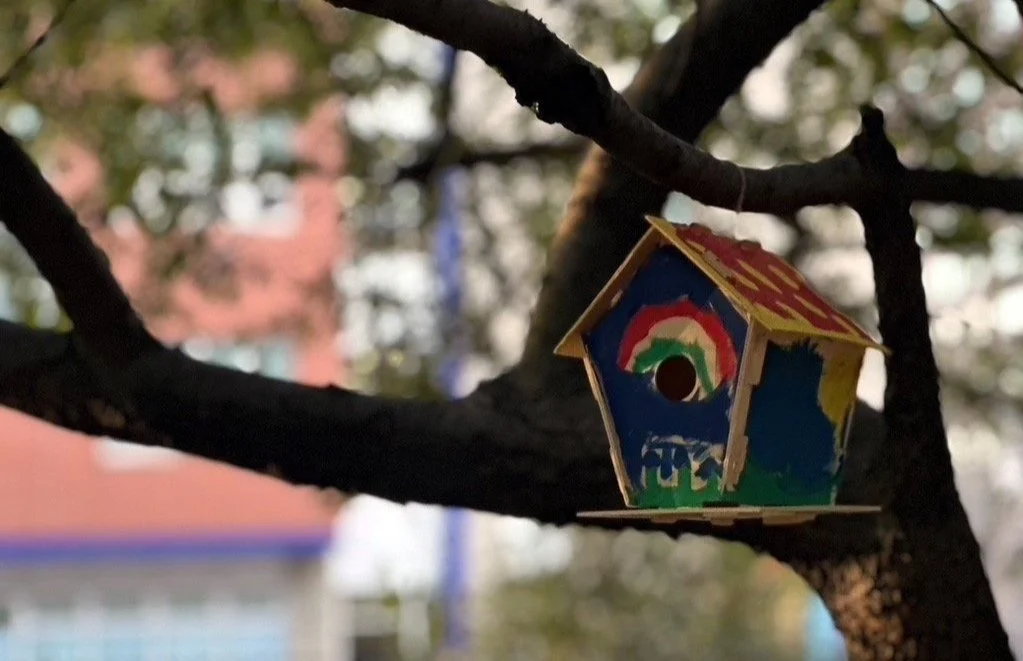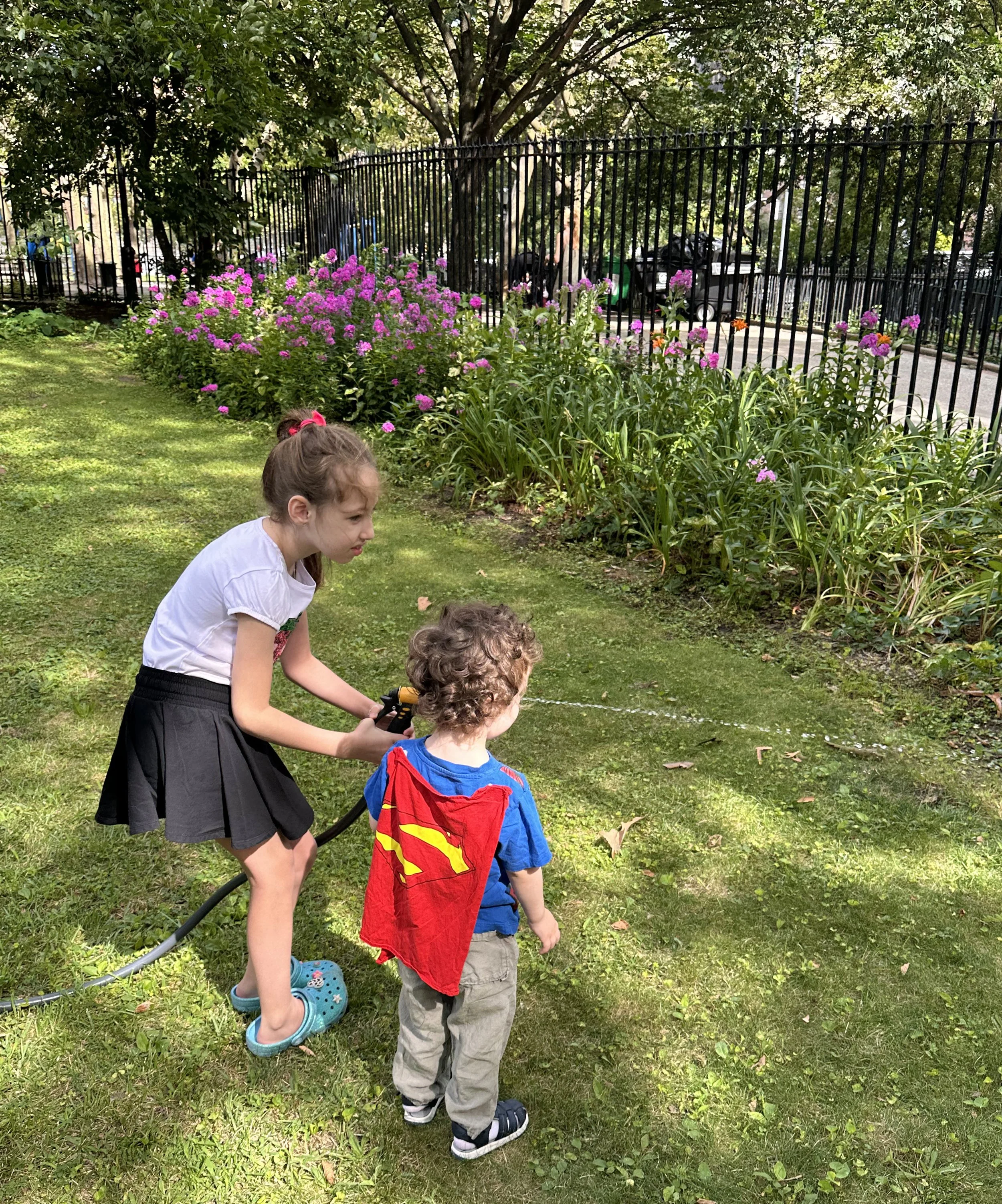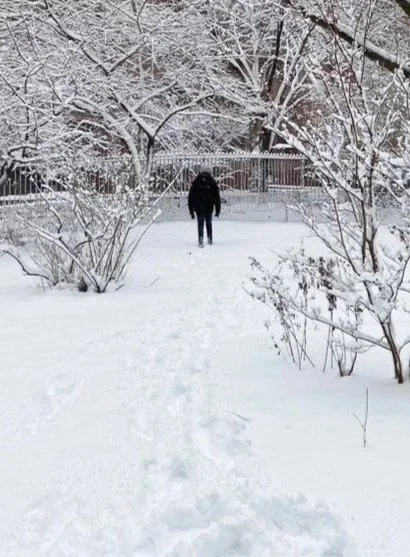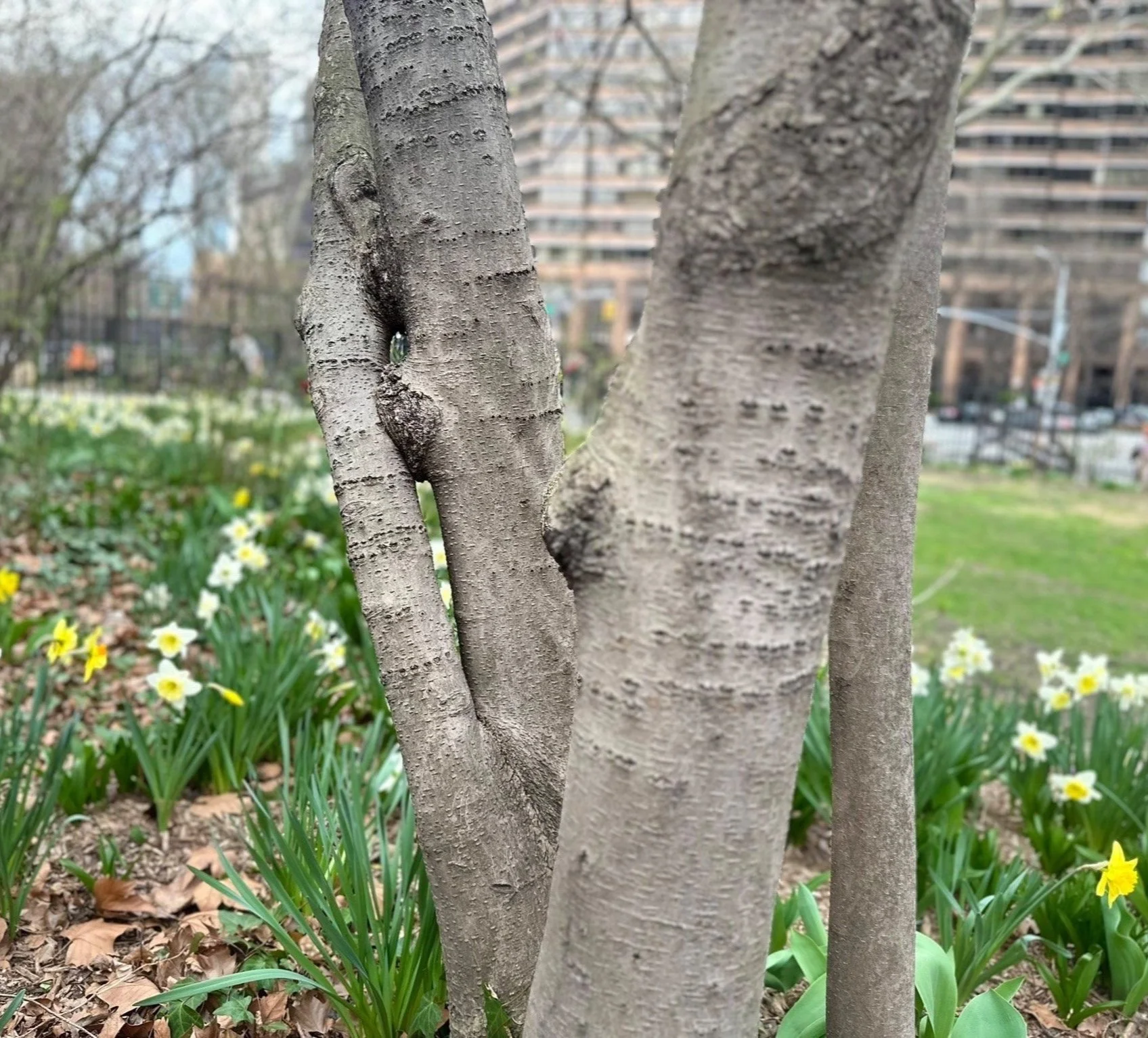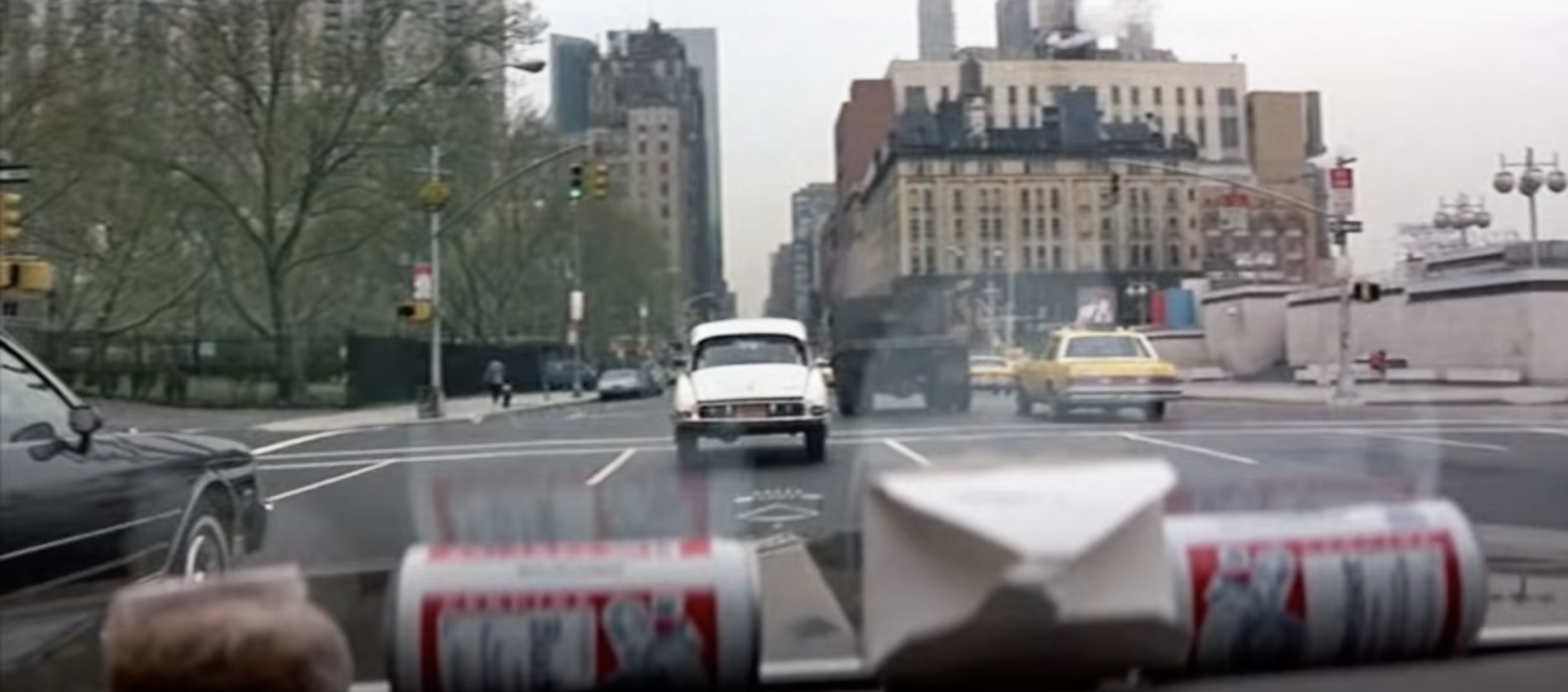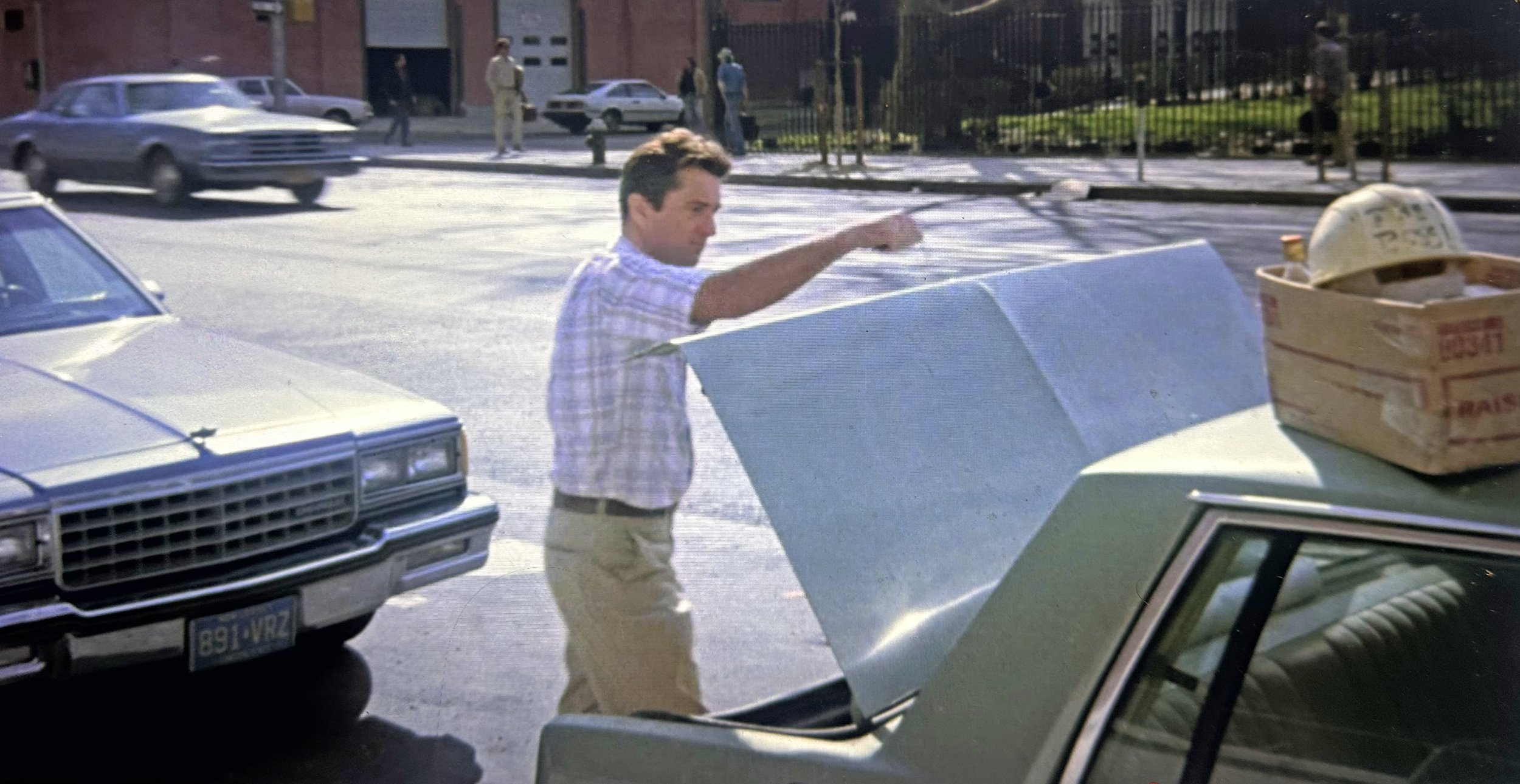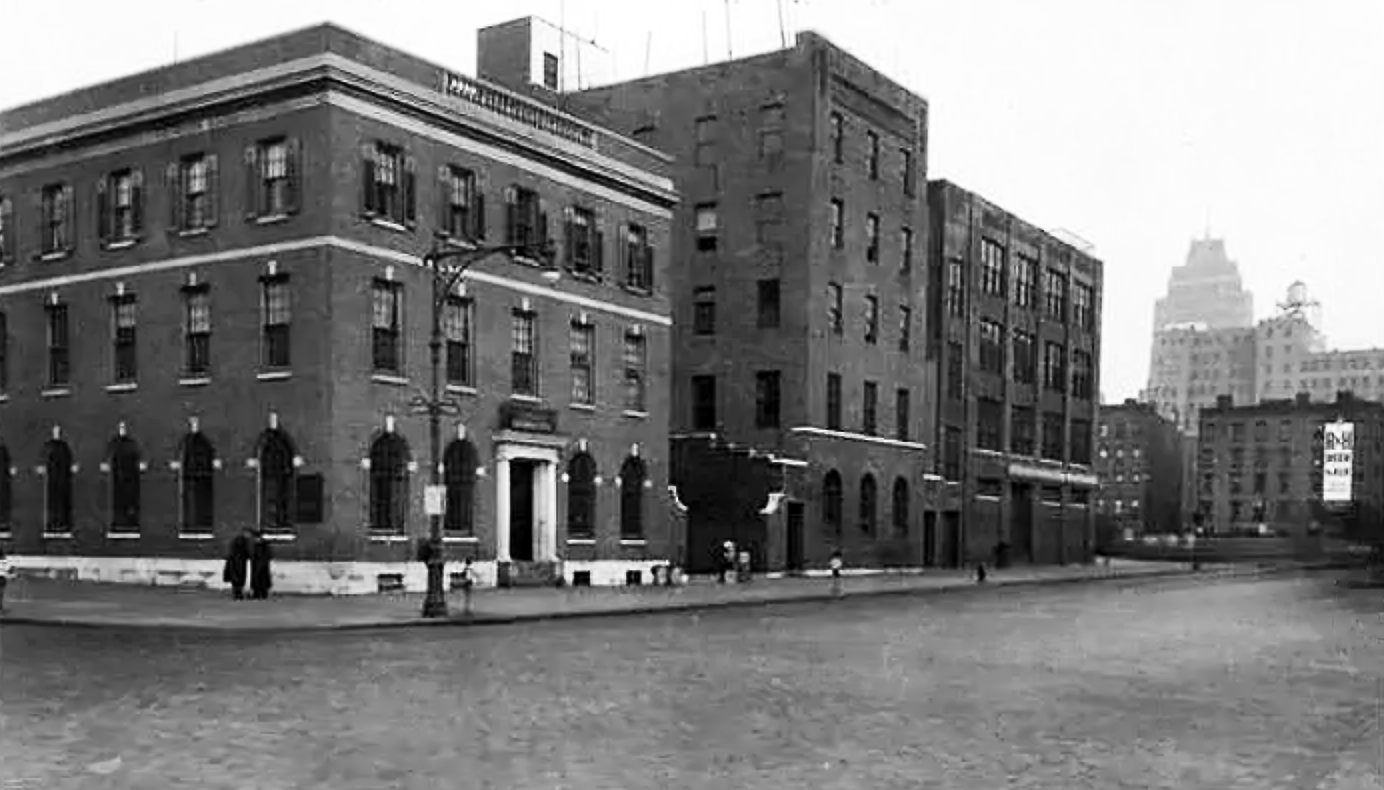St. Vartan Park Garden
The St. Vartan Park garden has become a treasured Midtown Manhattan oasis, a fully accessible public garden of more than a quarter acres.
St. Vartan Park Conservancy serves as steward of the green space in cooperation with NYC Parks.
Entrance
The garden entrance is at 617 First Avenue, midway between East 35th Street and East 36th Street on the west side of the avenue.
Hours
The garden is typically open to the public during park hours from Wednesday through Sunday and closed during and after heavy rain and other inclement weather.
NYC Parks is responsible for unlocking the entrance during garden hours.
Flora and Fauna
Please visit the Conservancy’s Wildlife page to view some of the animal species spotted in the garden and the Flowers page to see some of the flower types enjoyed by visitors.
“. . . there’s something magical . . . overflowing with lush greenery and beautiful flowers. . . a different kind of escape and cool way to commune with nature . . . this section of St. Vartan Park has long been closed to the public, but the gates recently swung open to allow visitors to explore . . .”
“A gated-off garden in a Midtown park will finally reopen to the public this month, prompting celebration from neighbors . . .”
“The garden’s long-awaited opening was celebrated by many . . . ”
“. . . Murray Hill residents and neighbors were excited to see the gated doors opened to the public . . .”
Community Celebrates Fully Accessible Garden
“The addition of the pathway is the fifth and final phase of the garden’s equity plan, which is ‘to provide publicly accessible green space for all by prioritizing inclusivity, diversity, mental health and other community needs,’ according to the St. Vartan Park Conservancy. ”
“Dozens of neighbors, community leaders and elected officials gathered at St. Vartan Park in Murray Hill on Saturday to celebrate the opening of its enhanced entrance and new garden pathway, which will improve accessibility for visitors with disabilities . . . ‘The St. Vartan Park Conservancy team is thrilled that this upgrade further expands the inclusivity and equity for this glorious green oasis,’ said Kevin O’Keefe, founder and president of the organization. ‘We are thankful to be part of this community, which came together to deliver a public good that can be enjoyed for generations to come.’”
Transformation
Before he founded St. Vartan Park Conservancy, Kevin O’Keefe led an advocacy campaign that successfully opened the city-owned space to the general public after decades of closure.
Following a fall 2021 trial period tor public use, then a winter of daily stewardship by O’Keefe, the garden was opened for perpetual public use starting in the spring of 2022 in coordination with the launch of the Conservancy.
In 2024, NYC Parks designated the Conservancy official steward of the garden.
Nine months later, The Soloviev Foundation generously provided a fully accessible enhanced entrance and pathway for the garden in cooperation with the Conservancy.
“.. locked behind a high iron fence at the First Avenue edge of the park is what the Parks Department website calls a ‘secret garden’: a pretty, grassy greensward planted with mature magnolia trees, tulips, irises, and rose bushes. In truth, it is not so much secret — anyone can peer in — as it is private. It’s off-limits to all but . . . a small playgroup that meets there on weekday mornings . . . for more than two decades. And the secret is out . . . Kevin O’Keefe is the chair of Community Board 6’s Environment and Parks Committee, and when he was appointed to the job in November of last year, he started started trying to figure out the story behind the locked garden . . . The more he learned, the more frustrated O’Keefe became . . . ‘ ‘If you look at the map, Midtown Manhattan is starved for green space between First and Tenth Avenue,’ he said. ‘I talked to a lot of people, and they told me there was this understanding . . . that it couldn’t be changed . . . served a tiny number of students — perhaps a dozen at a time — and admissions, as far as O’Keefe could tell, seem to be based on . . . whims and the requirement that parents attend with their children, ruling out families in which both parents work. . . . ‘It needs to be open to the community . . . this so-called preschool took this space that was supposed to be for the public good and turned it into a bastion of inequity’ . . . The garden will open . . .”
“The small, lush garden in St. Vartan Park is finally open to the public . . . decades after it was first fenced off . . . It marks the beginning of a two-month trial opening . . . Neighbors . . . contended that the garden was a ‘bastion of inequity’ . . . ‘Let’s spread the word: This open space is now open to all,’ CB6 parks committee chair Kevin O’Keefe wrote in a tweet.”
Five-Phase Equity Plan
Led by Kevin O’Keefe, St. Vartan Park Conservancy in cooperation with NYC Parks completed a garden equity plan that values inclusivity, diversity, mental health and other community needs in accord with New York State human rights law.
The five-phase plan:
1. Convince NYC Parks to open the garden to the general public for a trial run and steward the space to show that the garden should stay open [2021-2022]
2. Open the garden on a permanent public schedule and launch St. Vartan Park Conservancy to bring more progress to the garden, park and park community [2022]
3. Remove the garden’s inner wire fencing that had blocked entry to a significant part of the garden [2023]
4. Launch public programming and extended public hours for the garden [2023-2024]
5. Provide garden accessibility to visitors of all abilities with the addition of an ADA-accessible entrance and pathway [2024]
“. . . the St. Vartan Park public garden became a beacon of accessibility. . . . a welcoming green space for all New Yorkers.”
To help the all-volunteer St. Vartan Park Conservancy further enhance the free St. Vartan Park garden experience and other elements of the park, please click the Donate button above to make a 100-percent tax-deductible contribution. Thank you for your support.
Retrospection
STORIED REVOLUTIONARY WAR BATTLE THIS WEEK IN 1776 STARTED AT COVE WHERE GARDEN NOW RESIDES
September 18, 2024 — Under clear morning skies 248 years ago this week, some 4,000 British and Hessian troops landed by water in Kips Bay in an attack on General George Washington's Continental Army.
The cove that served as the Brits' landing in the storied Revolutionary War battle includes where the St. Vartan Park garden (pictured on August 28) now resides on First Avenue between East 35th Street and East 36th Street.
On September 15, 1776, a Sunday, five British warships sailed to about 200 yards from the cove and unleashed a flotilla of flatboats toward land on what would become known as the Battle of Kips Bay. The attackers overwhelmed the Continental Army, leading to British control of Lower Manhattan where the city was then concentrated.
At the time, years before the bay was landfilled, the cove included water and shoreline located where the park garden would rise in the 20th century. That section of the bay is where "Keps Bay" text appears on the 1770 map (top map) drawn by Bernard Ratzer from surveys conducted in 1766 and 1767.
The landing (with the approach depicted in the above 1777 painting by Robert Cleveley) came 35 years before the city adopted the grid plan for numbered streets and avenues. Maps of the grid plan (including the first, in 1811 by William Bridges, pictured) illustrate where landfill would eventually bring a seamless First Avenue (the southernmost avenue on the grid map, with "Kip's Bay" text shown between 35th and 37th Streets).
Bruce Blevin Jr., a field artillery lieutenant in the 1944 Normandy 'D-Day' attack that would become known as the largest amphibious invasion in military history, addresses the Kips Bay landing in detail in his 1956 book Battle of Manhattan. Blevin allows readers to visualize where the battle fits into modern addresses, an approach the author called "terrain appreciation."
Wrote Blevin, "The cove was a little less than a city block deep, and it ran from what is now Thirty-second Street to about Thirty-eighth Street, with a small promontory, like a widow’s peak, jutting out from the shore near the center of the crescent, at about Thirty-fifth Street.
"Back of this promontory — a hundred feet east of Second Avenue on Thirty-fifth Street — stood the old Kip farm-house . . . Behind it was the meadow [British Army commander in chief William] Howe expected to use as an assembly area."
The St. Vartan Park garden (left) appears in the iconic 1983 movie ‘Scarface’ when the title character, played by Al Pacino, drives north on First Avenue
A glimpse of the St. Vartan Park garden (background) is seen with Robert De Niro in the 1984 feature film ‘Falling in Love’
“[St. Vartan Park’s] eastern end—the only peaceful-looking, green section—lies locked behind iron bars.”
“Athough the era of social reform in the early 20th century was still driven by government and charitable organizations, in many ways farm gardens were early manifestations of a community gardening aesthetic . . . farm gardens existed in one form or other through the 1960s . . . included St. Vartan’s Park, which opened in 1931.”
“During the Second World War the United States . . . experienced significant food shortages, as the majority of the country’s food supply was being sent overseas to aid in the war effort. In response, government organizations encouraged citizens to plant ‘victory gardens’ to help ease the burden . . . As hard as it may be to believe today, there was a . . . sizable garden . . . located in Midtown, spreading its leaves in the shade of the Chrysler Building . . . In addition to growing food, victory gardens provided the added benefits of boosting morale and creating communities throughout the United States.”
“To those who live, or who have lived, in the suburbs, or country, a garden of growing things in the midst of a great city would perhaps be only a matter of passing interest, but to the children of the congested areas of our city the neighborhood farm garden in most cases is their only chance to plant a seed or grow a flower, or even to observe the wonderful workings of nature which, when properly interpreted, would read like a fairy tale . . . A new garden was opened in St. Gabriel’s Park [now St. Vartan Park] on July 20th, 1931, and was used by over 5,000 children during the summer. The crops were very good considering that the site of the garden was formerly covered by broken concrete and stone, which was partially removed and soil added. St. Gabriel’s Park, within the shadows of the Empire State Building, offers a very pleasing contrast to that modern, very busy hive of industry, as it presents to the passing motorists and pedestrians on First Avenue and East 35th Sftreet, a Department of Parks Children’s Garden, with its trees, shrubs, flowers and vegetables planted and cared for by children of the neighborhood. It suggests peace and rest within its green borders as the quaint little Colonial House (used as an office and tool room) peacefully nestling within its shrubs, recalls the quotation, ‘Let me live in a house by the roadside where humanity passes by.’”
“. . . a large, unused plot, at the east end of the park, surrounded by an iron picket fence, was put to use as a ball field. The fence was removed and the ground drained and graded.”
“A large plot at the easterly end of the park . . . had been left unimproved and was surrounded by a solid wooden fence . . . The cutting off of this plot took a considerable portion from the already very limited park area of this section of the city. There being no particular reason why this plot should not be made available at once, the fence was taken down, the old tool house removed and the ground levelled and graded. A wooden rail fence was then erected and the plot thrown open and has since been used as a baseball ground . . .”
A journey through the park’s history is presented through images and publication excerpts on this page and this site’s History, About, Events, Playground, Field, Basketball, Handball, Pickleball, Permits, Building, Wildlife, Swish and Posts pages.


